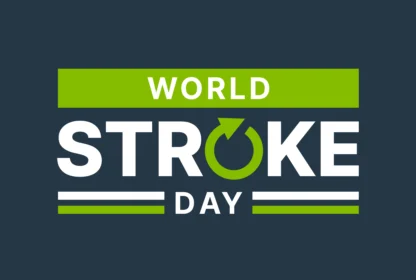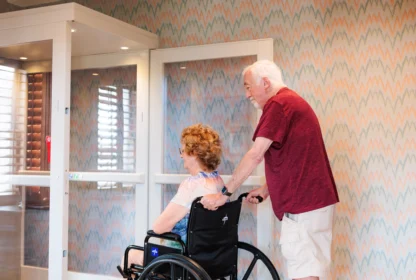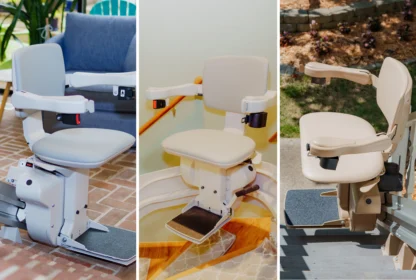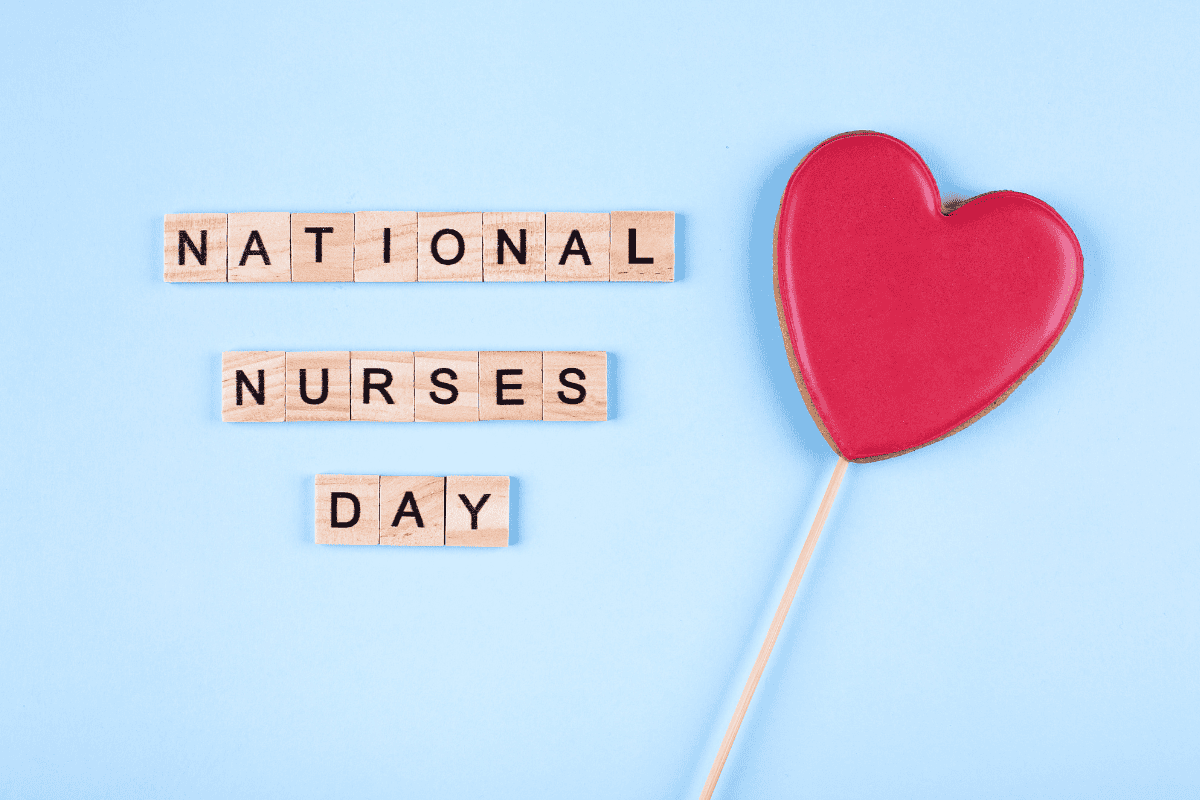
At 101 Mobility, we understand just how important caring for others is—especially in their time of need. We work hard to honor and support caregivers and professionals who help those facing mobility challenges every day.
This month, we’re especially proud to recognize the hard work, compassion, and resilience of nurses, who dedicate their lives to assisting with patient mobility. National Nurses Day, May 6th, is a time to celebrate the contributions of nurses everywhere as they continue to be a big part of patient care and safety. Read on to learn more about how 101 Mobility supports healthcare heroes, get patient lifting techniques for nurses, explore what assistive devices we offer to help make this demanding job a bit easier, and see how you can assist the nurses in your life year-round.
Why Safe Patient Lifting Matters in Nursing
We know that nursing can be a demanding job, mentally—and physically. In honor of National Nurses Day, we’re sharing information on how to lift patients safely, so you can keep yourself and the person you’re caring for protected. Get an inside look at safe patient handling for nurses below.
- Injury Risk: Improper lifting comes with its share of risks, including injury to both you and the patient. According to the World Health Organization (WHO), up to 72% of nurses are suffering from chronic lower back pain due to unsafe patient handling, making this a big concern. Following proper lifting techniques in nursing can help.
- Patient Safety: Nurse injury prevention should be top of mind. Practicing safe lifting can reduce falls and trauma during patient transfers, keeping everyone protected.
- Legal & Ethical Standards: It’s also important to follow proper patient lifting techniques for nurses and your employer’s guidelines in order to avoid any legal liability and to keep safety standards high.
Best Patient Lifting Techniques for Nurses
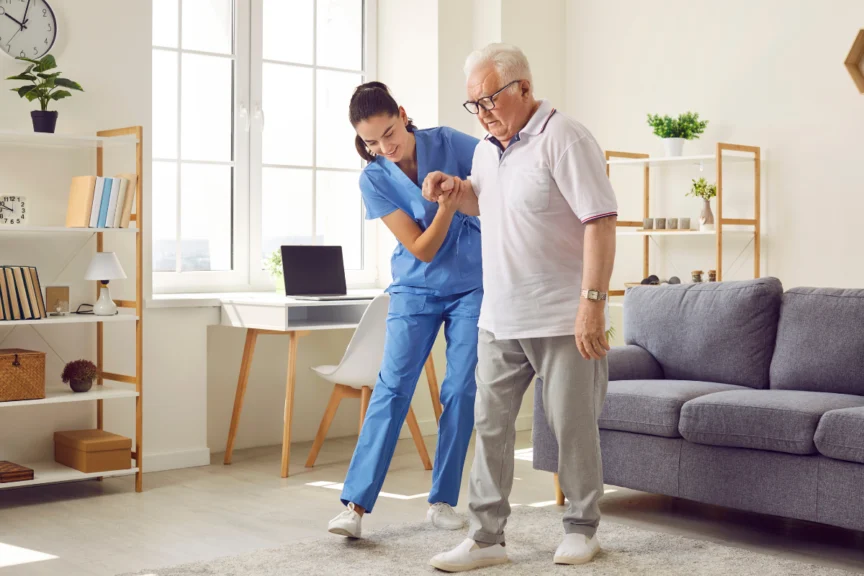
We believe you deserve to stay safe, no matter how demanding your job may be. Let’s explore the best patient lifting techniques for nurses and get you on track for nurse back injury prevention. When learning how to lift patients safely, you should:
- Assess Before You Lift: Don’t just hop right in. Take a moment to evaluate your patient’s mobility level and equipment needs. This can make a big difference when it comes to nurse injury prevention.
- Use Proper Body Mechanics: Keep your back straight, bend at your knees, and avoid twisting in order to keep yourself protected, relying on mobility equipment when needed, such as patient lifts.
- Work in Teams: When it comes to safe patient handling for nurses, it’s important to know when it’s time to call in backup. If the patient is in a tricky position, has a complicated medical history, is currently at risk, or if lifting aids are unavailable, you’ll want to pull in another nurse to help.
- Use Verbal Cues: Communication improves safety—and saves lives. Be sure to talk to your patient throughout the process and let them know it’s okay to voice their concerns, current pain levels, and more.
- Transfer Techniques: Different situations require different techniques. Participate in training to learn more about transferring from a bed to wheelchair, to a commode, and more and stay up to date on the latest practices. Employers can also learn more about safe patient handling solutions from the Center for Disease Control and Prevention (CDC).
Get more information on safe lifting techniques for nurses from the WHO and the American Nurse Journal. Are you a family member looking to assist an elderly loved one who has fallen? Check out 101 Mobility’s comprehensive safe lifting guide now!
Assistive Devices That Support Lifting and Transfers
At 101 Mobility, we’re proud to offer a wide variety of mobility and accessibility tools, designed to make caregiving easier, for nurses and beyond. In addition to learning how to lift patients safely, you should also explore some of our devices to see what may support you or your patient best.

- Sit-to-Stand Lifts: This type of lift, like our Handicare MiniLift 200, is ideal for partially mobile patients, allowing for easy and versatile maneuvering.
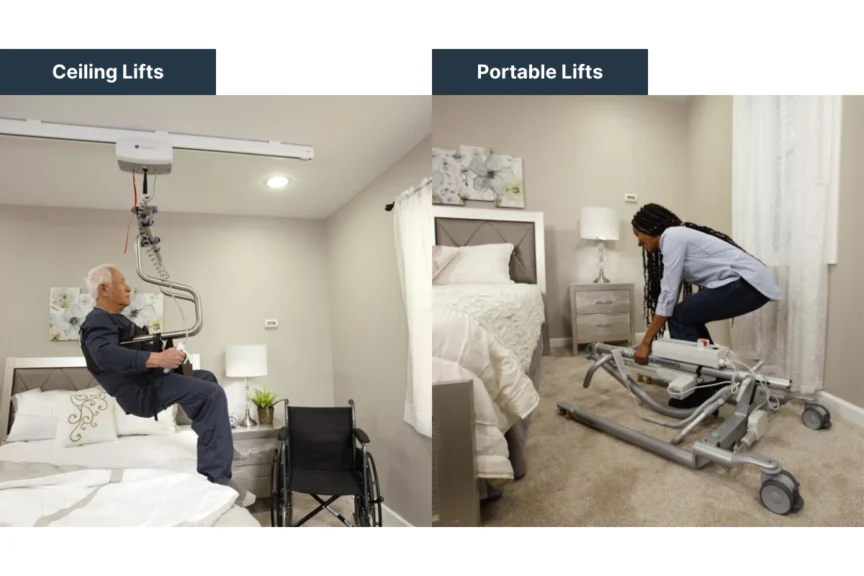
- Ceiling Lifts & Portable Lifts: Both of these lift types are suitable for heavier or immobile patients. Ceiling lifts are mounted directly to ceiling beams, using a railing system for smooth transportation along a set pathway. Portable lifts, however, are designed to adapt to various transfer needs and safe handling in a variety of settings.
Mobility aids in patient care are crucial to safety and success. Explore all our mobility solutions to see what options are available when it comes to making your job just a bit easier. If you’re looking for additional tools, you might want to learn more about slide boards or transfer aids.
If you’re an at-home caregiver, consider our additional solutions, like stairlifts, elevators, vertical platform lifts, ramps, and more.
How 101 Mobility Supports Healthcare Workers & Caregivers
At 101 Mobility, we pride ourselves on offering unparalleled support for both healthcare workers and caregivers stepping up to help aging-in-place family members every day. See what we’re doing to make a difference for National Nurses Day and beyond.
- Mobility Equipment Solutions: From patient lifts to ramps and everything in between, we provide top-of-the-line mobility solutions you can trust in the workplace or at home.
- Professional Consultations: We help businesses, facilities, and caregivers choose the right tools for them. Reach out today for a free, no-obligation consultation and let’s find the right accessibility solutions, together.
- Installation & Training: We do more than consult and install. We work with you to ensure safe and effective usage of all equipment. We also provide warranties, ongoing support, and maintenance, so you can rest easy knowing you don’t have to handle everything alone. Learn more about the 101 Mobility difference.
Honoring Nurses Beyond May 6th: Promoting Long-Term Safety
Whether you’re a healthcare employer or just have a special nurse in your life, there are many things you can do to help support those in the profession, from providing assistive lifting devices for healthcare workers to simply offering a helping hand.
- Workplace Safety Training: Continued education is extremely important, as new practices are constantly being implemented and safety standards change. If you’re a healthcare employer, staying up to date on safe patient handling for nurses can keep your staff protected—and your patients happy.
- Ergonomic Improvements: Similarly, investing in long-term, high-quality solutions can make a big difference. Stay in the know about the latest advancements in nurse injury prevention and continually research assistive lifting devices for healthcare workers.
- Emotional Support: Whether you are a nurse, know a nurse, or are looking to support an at-home caregiver, it’s critical to recognize the physical and emotional toll this practice can take. It’s not always easy to take care of someone else. Reach out to those you care about and offer a helping hand—or an ear.
If you are a caregiver and want support caring for your elderly parent at home, we can help. Read our blog for lifechanging tips, get additional resources, or conduct a mobility assessment to see where your loved one stands.
Recognizing Nurses Everywhere

We want to say a big thank you to nurses everywhere for their continued commitment to patient care. At 101 Mobility, we know just how challenging your job can be and you deserve all the recognition—today and for all the days to come. Looking to support nurse well-being? Don’t forget to read up on proper lifting techniques in nursing and explore the mobility equipment available to help make patient lifting safer for all. Need a helping hand? Schedule a consultation today or reach out to us anytime.

